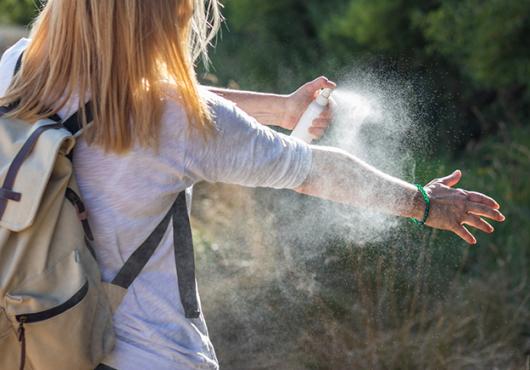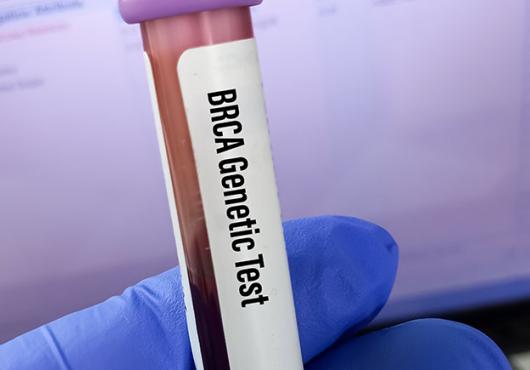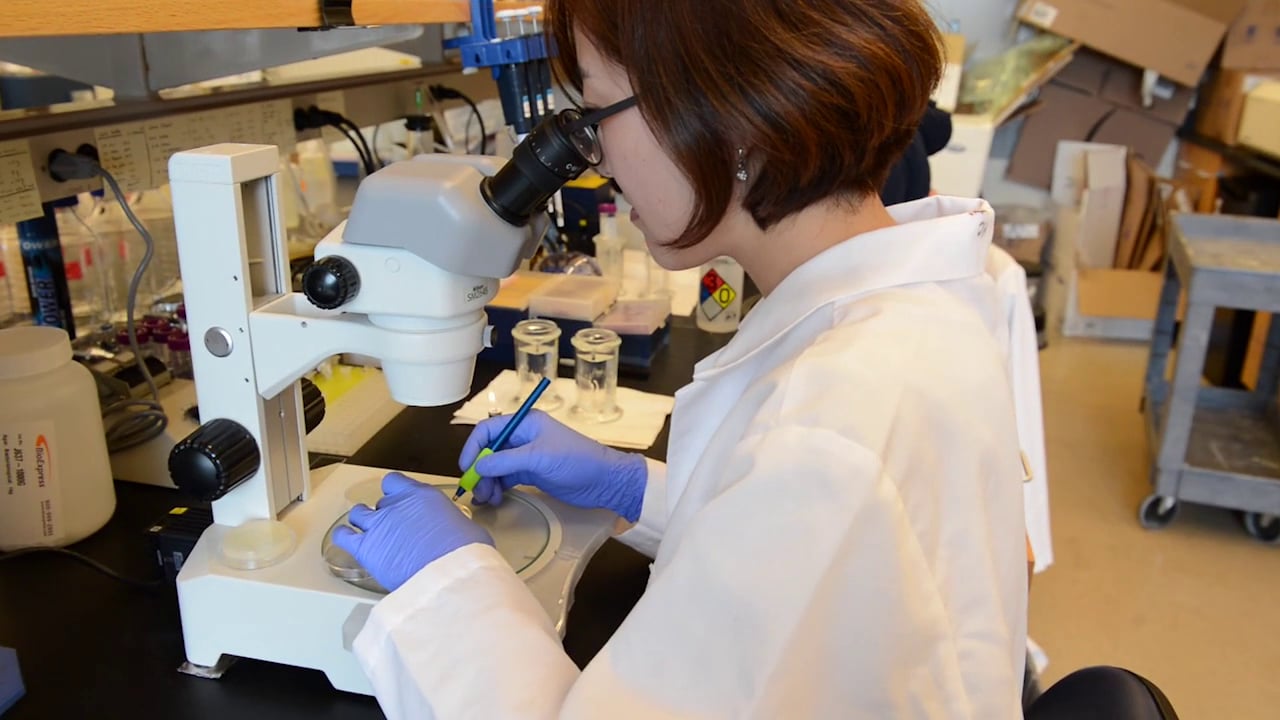
Monica Colaiácovo has made a career of studying meiosis, the type of cell division that produces eggs and sperm.
Meiosis is essential for healthy reproduction. Chromosomal abnormalities resulting from errors in meiosis cause Down syndrome, more than 35 percent of miscarriages and 4 percent of stillbirths, and other conditions.
In her search to “understand everything that matters to make sure you end up with the right number of chromosomes in the eggs and sperm,” Colaiácovo, associate professor of genetics at Harvard Medical School, has discovered that meiosis can be disrupted not only by genetic mutations but also by exposure to toxic chemicals present in the environment.
Worse, she’s finding evidence that those disruptions may be passed down not only to an exposed organism’s children, but also to its grandchildren and great-grandchildren.
“The basic questions we’re asking are: What are the genetics that regulate meiosis? Which chemicals in the environment cause problems in reproductive capacity? How do they cause those problems, and at what dose? Can some exposures lead to transgenerational effects?” said Colaiácovo.
In addition to answering fundamental questions about the details of meiosis, her research could influence policy decisions and industrial chemical design with the hope of safeguarding the genetic health of future generations.
Meiosis unzipped
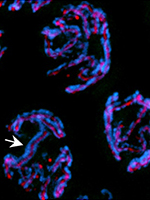
Colaiácovo focuses on the first phase of meiosis, when a single parent cell duplicates its chromosomes and then divides in two. As the cell prepares to divide, its chromosome pairs line up, swap DNA segments and separate. A temporary structure called the synaptonemal complex zips the chromosome pairs together as they exchange genetic material.
Several years ago, Colaiácovo dosed tiny Caenorhabditis elegans worms with the common plasticizer bisphenol A (BPA) to see if anything went awry during meiosis. Defects appeared in the synaptonemal complex zipper. As a result, the chromosome pairs didn’t fully align, repair damage or separate properly.
These findings replicated what other researchers had seen in mouse models. Colaiácovo went further and identified a set of genes important for DNA repair whose activity was dampened in the BPA-exposed worms. They were among the more than 60 percent of genes that C. elegans shares with humans. Mouse studies soon confirmed the findings.
“This meant we had found an ideal model with the worms to understand how chemical exposures can interfere with reproductive health,” she said.
Green screen
To study more than one chemical at a time, Colaiácovo scaled up.
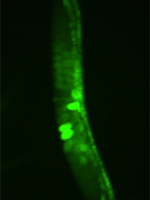
She applied a screening system called “green eggs and HIM.” A fluorescent tag made the worms’ eggs glow green if they had the wrong number of chromosomes—in this case, a missing copy of the X chromosome. She put her worms in well plates, added a different chemical to each well and watched what happened.
After validating her screening model using 13 chemotherapy compounds, she examined 47 chemicals mined from an Environmental Protection Agency database. Her team classified the chemicals from the database as non-, intermediate or highly “reprotoxic” based on 30 years of mammalian reproductive data. The green-eggs screen confirmed the classifications for 69 percent of the chemicals.
Many of the chemicals that didn’t match were predicted to be non-reprotoxic but turned out to be reprotoxic. A literature search turned up overlooked corroborations in mammalian studies and suggested that not all of the mismatches could be attributed to differences between human and C. elegans metabolisms.
“That tells us there are chemicals being used in the United States that have been categorized as safe at certain concentrations which apparently are not safe,” said Colaiácovo.
Her lab is now testing another batch of chemicals that includes pesticides, fungicides and substances used in fracking and crude oil processing. She’s also investigating the effects of different doses and exposure to multiple chemicals.
“We’ve selected around 50 chemicals people can be exposed to in everyday life,” said Nara Shin, a postdoctoral researcher in the lab. “We want to study their mechanism because we really do not understand how many of these chemicals work, how they interfere with our reproductive system or how their effects can be transferred to the next generation.”
From generation to generation
C. elegans lives less than three weeks and lays 300 eggs at a time, making it a convenient model for studying the impact of environmental chemical exposure on subsequent generations.
Colaiácovo is now adjusting her green-eggs test to track whether exposing a worm in generation zero to a toxin can cause chromatin modifications—which can alter a gene’s activity—not only in generation one but also in two, three, four or more.
In collaboration with Yang Shi, HMS professor of cell biology and pediatrics at Boston Children’s Hospital, she previously found that interfering with genes that regulate chromatin modifications resulted in faulty repair of DNA damage and caused sterility that grew more pronounced with each generation.
“Those findings have led us to focus on identifying the chemical exposures that can result in heritable effects, and to try to determine whether there is really an epigenetic basis—meaning factors beyond the DNA sequence, such as changes to chromatin—for those effects,” said Luciann Cuenca, a graduate student in Colaiácovo’s lab.
Effecting change
Colaiácovo doesn’t intend for her findings to stay in the lab.
“We want to not only understand the science of how these things work, but also have that information come out in a public forum,” she said. “We want the broader society to be aware of the effects of exposure to certain chemicals and put some pressure on the system for changes in policy.”
She publishes in journals run by the EPA and the National Institute of Environmental Health Sciences to make sure “the entities that matter are in the loop.” She collaborates with biostatisticians at the EPA to ensure that her science is as strong as it can be.
Ultimately, she wants her findings to inform decisions about how to engineer the next generation of chemicals and what to do with meiosis-disrupting chemicals that have already seeped into the environment. Her lab is trying to determine whether there are groups of chemicals with particular structures that interfere with meiosis in similar ways.
“If our hypothesis is correct, it would alert industry that there are certain designs of chemicals that have to be rethought completely,” said Colaiácovo.
She also believes her C. elegans model could provide a cheap and quick “first-pass” screen for chemicals under development that are meant to be introduced into the environment.
“The health impact of meiosis is so significant, yet there’s a lot we don’t understand about it. It’s been extremely interesting to learn a little more about the reproductive effects of what we’re exposed to every day,” she said.
